Iraq’s poverty rate has declined, marking a positive shift in the country’s economic landscape. The Ministry of Planning announced that the poverty rate now stands at 17.5 percent, compared to 20.05 percent in 2018. This decrease reflects improvements in economic conditions and social welfare programs.

Iraq’s poverty rate drops due to a nationwide survey conducted in cooperation with the Kurdistan region. The recent population census, held on November 20 and 21, provided crucial data for shaping future policies. This was Iraq’s first full census in over 30 years, offering insights into demographic and economic trends.
The final census results revealed that Iraq’s population has reached 46.11 million. The government aims to use this data to enhance economic planning and social development. Officials stress that accurate population figures help create effective policies for long-term growth.
Iraq’s poverty rate drops alongside significant economic achievements. The country’s gross domestic product (GDP) has surpassed $260 billion, according to Mohamed Sahib Al-Daraji, the prime minister’s advisor for technical affairs. This economic expansion is accompanied by rising investments, both domestic and international.
Al-Daraji noted that Iraq has attracted nearly $60 billion in investments. These funds contribute to infrastructure, industry, and public services, boosting employment and economic stability. Iraq’s poverty rate drops further as economic opportunities expand across different sectors.
External debt has also decreased significantly. Iraq’s foreign debt has fallen from $20.9 billion to $9.8 billion, providing financial stability. Al-Daraji emphasized that Iraq’s relatively low debt-to-GDP ratio allows the country to pursue external financing under controlled conditions.
With ongoing economic reforms and investment growth, Iraq aims to sustain this positive momentum. The government remains focused on reducing poverty, strengthening financial stability, and fostering long-term prosperity for its citizens.



